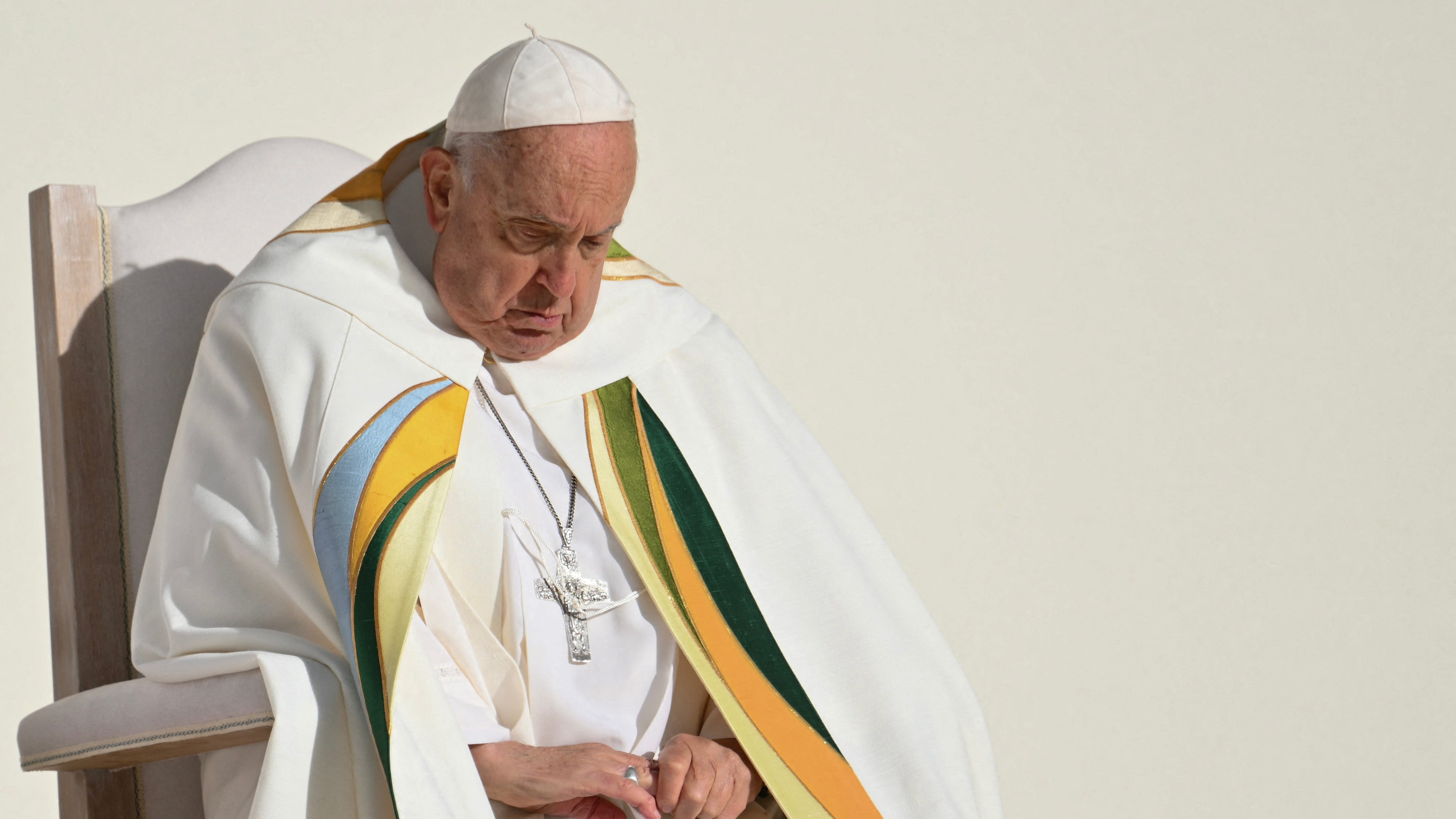What happens when a pope dies? What to know about papal conclave, how new pope is elected
The election of a new pope is a highly mystified and sacred process, dating back centuries and enshrined in last year's award-winning thriller "Conclave."
The last time the College of Cardinals gathered to vote and select the next representative of God on Earth was more than a dozen years ago, when Pope Francis was selected. Francis died April 21 at the age of 88 after an extended respiratory illness.
His predecessor, Pope Benedict, stepped down from the papacy in 2013, a decision that had not been made by someone of his station in almost 600 years. Benedict, then 85, cited his age and declining health. He died in 2022.
Whether by death, or in the rarer case of retirement, once the papacy is vacated, a successor must be selected.
Here's what the conclave process looks like.
Pope's funeral comes first
After the pope's death, a formal set of practices codified by the 1996 document "Universi Dominici Gregis" – Of the Lord's Whole Flock – prompts formal notifications, the sealing of the pontiff's rooms and papers, and the destruction of the papal signet ring.
The Roman Catholic Church has about 1.3 billion members worldwide, and papal funerals typically draw millions of mourners to Rome. The funeral for Pope John Paul II in 2005 drew an estimated 4 million people to Rome and Vatican City. World leaders often attend.
Church doctrine calls for the pope to be buried four to six days after his death, unless there are extenuating circumstances. Popes are not autopsied. Funeral rites are celebrated for nine days after his death.
Who decides the next pope?
The College of Cardinals, or the church's most senior officials residing either at the Vatican or spread across the world, gather in Rome to choose the next pope. The college is also acting head of the church in the interim.
Not all cardinals get to vote, though. Since 1975, only those younger than 80 are able to participate in the papal conclave.
As of Jan. 22, there were 252 cardinals, of whom 138 are electors, according to the Vatican.
Usually within 15 to 20 days after the papacy is vacated, cardinal electors meet in the Sistine Chapel and begin the strictly secretive voting process. Throughout the conclave, cardinals are under an oath of silence and forbidden contact with the outside world.
How long does conclave last?
Cardinals will stay in the conclave until a new pope is selected.
This process takes as long as needed − in the 13th century, it took cardinals three years to elect Pope Gregory X. But in modern times, papal conclaves have skewed much shorter: The longest conclave in the 20th century lasted five days.
And in 2013, Pope Francis was elected in a little over 24 hours.
Who can be elected as pope?
Any baptized man is eligible to become the next pope.

Not since the 14th century, however, has anyone outside the rank of cardinal been selected for the sacred position.
What does the white or black smoke mean?
As the rounds of secret voting go on, the public's sole way of keeping up with the process is via smoke coming out of the Sistine Chapel's chimney. Crowds in St. Peter's Square gather to watch literal smoke signals after each round of voting.
If no candidate receives at least two-thirds of the electors' votes, cardinals burn the slips of paper with chemicals that produce black smoke.
Once a candidate earns the requisite number of votes − and he accepts the papacy − chemicals that produce white smoke are added and the world is notified that a successor has been chosen. Soon after, the next pope makes his debut by appearing on the balcony in front of St. Peter's.
Can you watch the papal election?
Simply put, you can't.
Anyone who is not a cardinal tasked with gathering in isolation in the Sistine Chapel is not privy to the discussions, subtle campaigns and rounds of voting during a conclave.
But for a fictional and likely dramatized depiction of events, "Conclave" is available to stream.
Contributing: Trevor Hughes